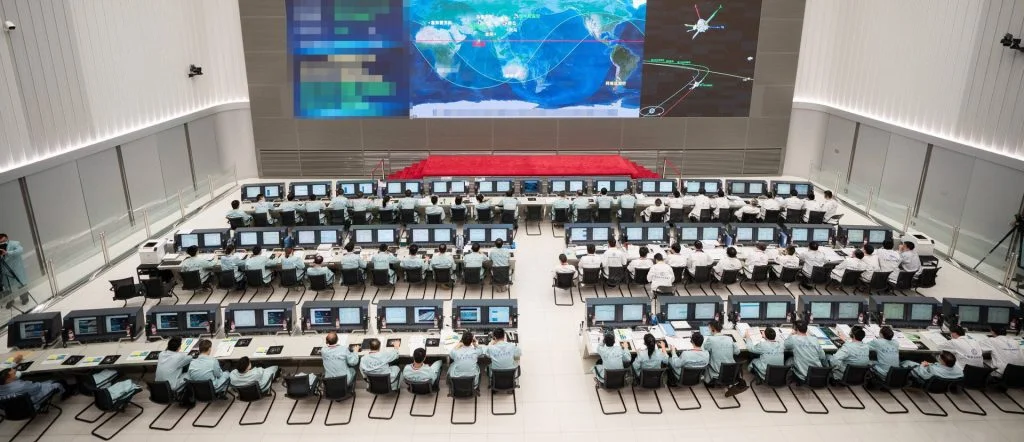
China’s Ambitious Space Program Soars: Tianwen-2 Asteroid Mission Set to Launch Amidst Rapid Expansion
China's space program is rapidly accelerating, marked by a series of ambitious launches, technological advancements, and a commitment to deep-space exploration. The highlight of this surge is the upcoming launch of the Tianwen-2 asteroid probe and sampling mission, signaling a crucial step for China in joining the elite group of nations capable of asteroid sample returns. This mission underscores China's growing prowess in space exploration and its commitment to expanding its presence beyond Earth's orbit.

The China National Space Administration (CNSA) has announced that the Tianwen-2 mission is slated to launch potentially on May 29th from the Xichang Satellite Launch Center. The Long March-3B rocket is undergoing propellant loading, marking the final preparations for this groundbreaking endeavor. This ambitious project aims to perform a close fly-by and sampling of near-Earth asteroid 2016 HO3 (Kamo’oalewa), followed by a rendezvous and fly-by investigation of main-belt comet 311P.
According to NASASpaceFlight.com, China's orbital launches have increased significantly, with payloads delivered to orbit doubling compared to 2024. This rise is partly fueled by the development of massive internet megaconstellations. CNSA reports that the Tianwen-2 probe has undergone rigorous testing including assembly, fueling, functional checks, as well as joint launch rehearsals.
The Tianwen-2 mission is not only a scientific endeavor but also a technological demonstration. The spacecraft will employ both the "touch-and-go" sample collection technique, similar to NASA's OSIRIS-REx and JAXA's Hayabusa 2, and a novel anchoring and drilling method for subsurface samples. This dual approach aims to gather a diverse range of materials from the asteroid's surface and below.

Beyond the scientific goals, the Tianwen-2 mission will also validate China's deep-space communications systems, paving the way for future missions like the Tianwen-4 to Jupiter and Uranus. The mission will autonomously navigate and analyze asteroids, orbiting roughly 4.6 million km from Earth which is 12 times the average distance between Earth, and the Moon. If the mission succeeds in returning those asteroid samples, scientists will gain more insight into the origin of asteroids, and whether asteroid 469219 Kamo'oalewa is primitive, or a piece of the moon from impact.
China's broader space program is also witnessing parallel advancements. New commercial rockets have been launched, and there are developments concerning space-based computing satellite constellations such as ADA Space. These constellations aims for real-time computation infrastructure in orbit, as well as the bypass of bandwidth limitations. This also aligns with megaconstellation developments such as Qianfan, and Guowang, and ADA Space.
The success of Tianwen-2 would position China alongside the United States and Japan, marking a significant accomplishment in asteroid sample-return missions. China is not only focused on robotic missions; it also has plans for future crewed lunar missions, signaling a comprehensive and long-term vision for its cosmic ambitions.
As China continues to push the boundaries of space exploration, the world watches with anticipation. The Tianwen-2 mission represents more than just a scientific endeavor; it embodies China's ambition, innovation, and commitment to becoming a leading space power. What scientific breakthroughs do you anticipate arising from the Tianwen-2 mission? Share your thoughts and predictions in the comments below!